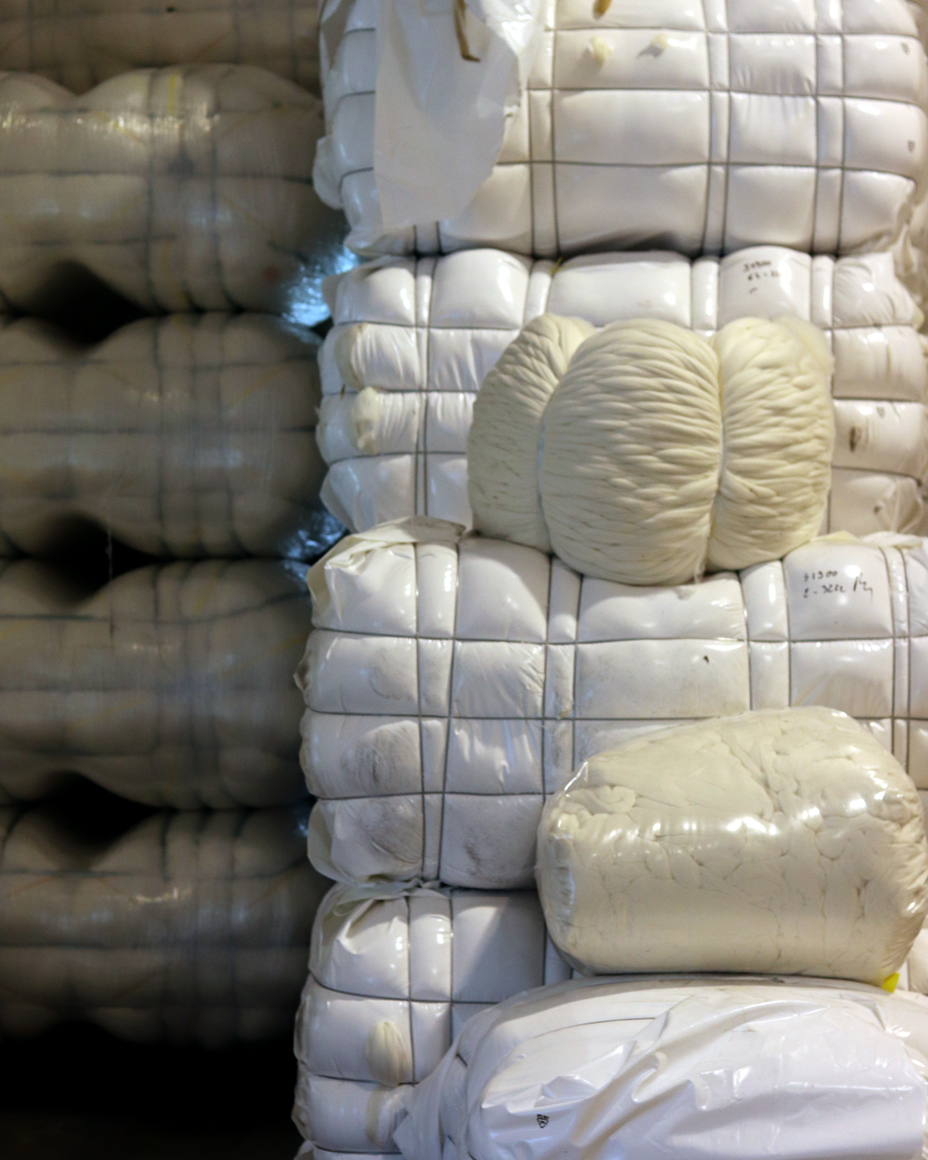Suit Maintenance: Keep Your Bespoke Suit Looking Great for a Decade
Below are some tips to make sure your bespoke wool suit lasts decades.
Don’t Dry Clean Your Suit
A common misconception is that you must dry clean your suit after wearing. If followed, this advice will ruin your suit in less than a year.
The biggest problem of dry cleaning is that the lanolin is stripped from the wool.
One of the distinguishing features of fine wool is how soft and smooth it is to the touch.
This is due in part to the lanolin that’s coated on the individual yarns that make up the fabric.
Lanolin is the fat and oils from the sheep that coat its wool. After the sheep is shorn, the wool is washed and stripped of most of its lanolin, however about 5% remains on high quality fabrics like those Vitale Barberis Canonico produces.
Creative Director of 1701 Bespoke, Nelson Sanders
Raw wool after cleaning and washing contains about 5% lanolin.
Without the lanolin, the wool is not as flexible and becomes more brittle. So at the end of the day, when you’ve hung up your suit, the wrinkles are less likely to fall out.
It will also become harsher to the touch, as the wool’s moisture is stripped from its fibers.
Worst of all, if combined with enormous amounts of heat, which is often done in your average dry cleaner, the suit develops an unwanted sheen.
Francesco Barberis Canonico, Creative Director of VBC, who represents the 13th generation of the family operated fabric mill says he never takes his suit to the dry cleaner for this reason.
The only times you should take your suit to the dry cleaner is if you’ve stained your suit, it’s developed a smell, or you’d like a press job. But only if hand pressed.
Avoid Machine Pressing, Opt for Hand Pressing
Let’s say your suit doesn’t stink and you don’t have any stains on it but it’s looking a little worse for wear, maybe a bit wrinkled.
Instead of get the suit dry cleaned, which is what often happens, you can just opt for a press job.
The goal of a pressing is to restore the shape of the garment that the tailor intended. When a suit is created, there is a lot of iron work that is used to give the fabric shape and drape, particularly in the chest piece. Overtime, your suit might get some wrinkles from not hanging up after wearing, maybe the coat was folded over the back of a chair so the lapel doesn’t have as beautiful of a roll as it used to, or travelling in a suitcase.
The pressing mimics the job the tailor did to create the coat and restores it back to its original glory.
However, a lot of dry cleaners do not take the time, nor possess the ability, to properly press a coat, so they opt for a machine press.
Keith Magna applying a gentle steam to the lapel of a coat.
Keith Magna pressing the roll of a lapel.
The problem with a machine press is they use too much steam and too much heat, which results in warping the jacket far beyond what the tailor intended. You can end up with flat lapel roll, creases in the canvassing and the worst case, if pressed too much, the water from the steam can get trapped in your jacket and start to mold the canvassing.
That’s why it’s important to make sure you ask for a “hand press.” If your dry cleaner doesn’t offer hand pressing, then you shouldn’t take your garments there.
Use your 1701 Bespoke hanger
The last piece of advice is to use the right hanger for the job.
A good hanger should be wide at the end and shouldn’t be rail thin leading to the shoulder.
The idea is to work with the natural structure of the shoulder to keep it full, so when you put your jacket on, you don’t have a crease where it was resting on the hanger.
Often times we’ll see a jacket that needs to come in from repair put on a Neiman Marcus hanger, which tend to be very flimsy. This requires a new pressing in the shoulders to give it that full look.
hang up your garment, give it 24 hours
The last piece of advice for suit maintenance is a quick one: hang your garment up after you wear it. As mentioned earlier, hanging your garment gives the fibers time to relax and the wrinkles of the day fall out.
Ideally, you’ll wait around 24 hours in between wears — this will ensure you’re maximizing the life of your custom garments.
If you follow the above advice, your bespoke suit will last at least a decade, as great quality garments are meant to last.
And if you ever have any questions on how to care for your garment, please shoot us an email (inquiries@1701bespoke.com) or give our shop a call: 313-444-3680.






